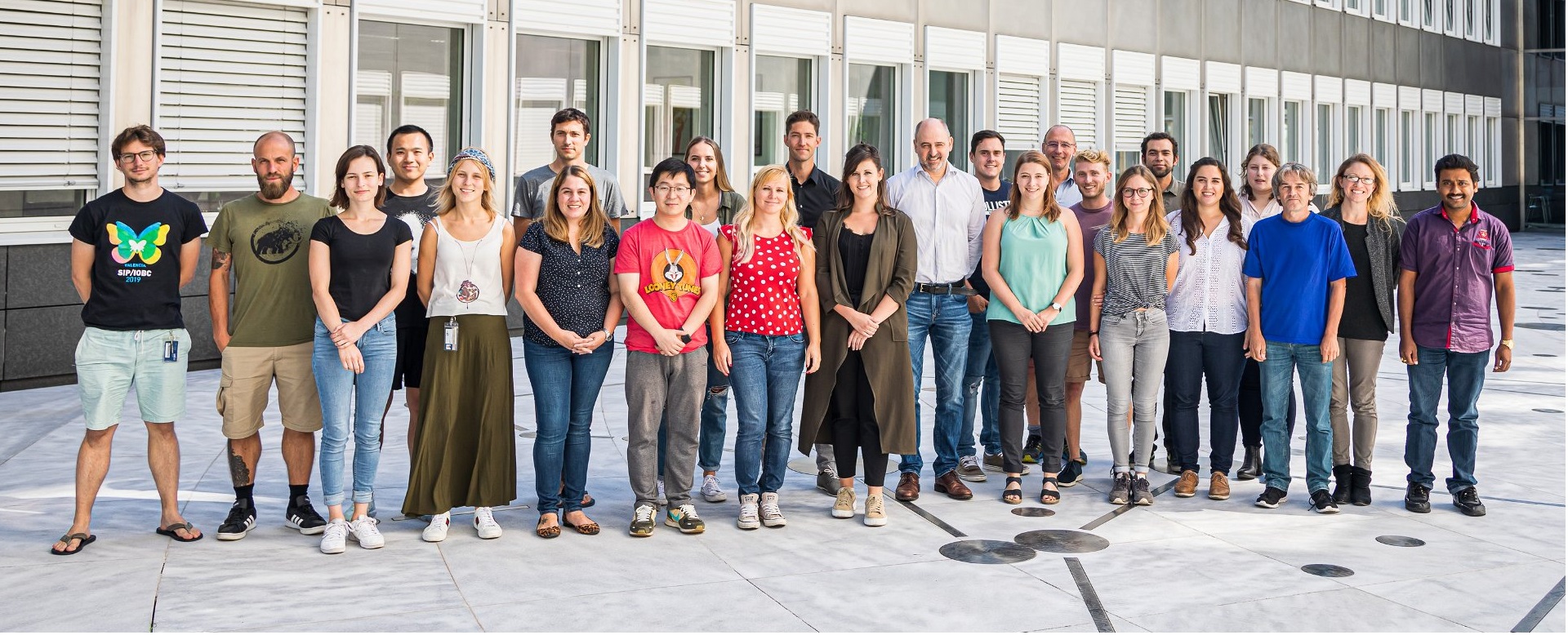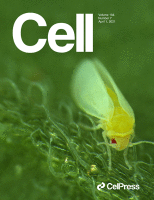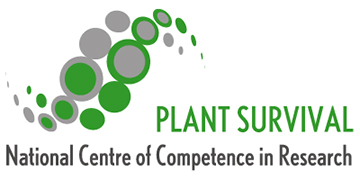Laboratoire pour la recherche fondamentale et appliquée en écologie chimique
We study the role of chemicals in the interactions among organisms, with an emphasis on plant-insect interactions. We are interested in the mechanisms, as well as the ecological and evolutionary implications of these interactions. Our research has lead to several key discoveries of how plant-produced chemical mediate the interactions among plants, herbivores that feed on the plants, and the natural enemies of these herbivores. In addition to trying to complete our fundamental understanding of these interactions, we currently explore ways to use this knowledge for the development of novel crop protection strategies.

News
La Conférence Marcel Benoist, le 14 Mai 2024
La Conférence Marcel Benoist aura lieu le 14 Mai à 17h30 à l'Aula des Jeunes Rives. Celle-ci sera suivi d'un apéritif.
Vous êtes tous les bienvenus! Pour plus d'informations, merci de visiter la page Conférence Marcel Benoist.

Marcel Benoist Prize
Ted receives the 2023 Marcel Benoist Prize
Award ceremony of the Swiss science prizes 2023
Can herbivores sharing the same host plant be mutualists?
A new article in Trends in Ecology & Evolution with collaborators from China reports that two major pest insects of rice preferentially opt to coinfest the same host plants, and through plant-mediated mechanisms, cooperatively utilize these plants in a mutualistic manner.
Can herbivores sharing the same host plant be mutualists?
Two related paper were published in 2021 and 2020:
Cooperative herbivory between two important pests of rice
Patrick Fallet wins the SFIAR PhD Award 2022 from the Swiss Forum for International Agricultural Research
Evolutionary changes in an invasive plant support the defensive role of plant volatiles
A new publication in Current Biology with collaborators from The Netherlands and China provides evolutionary evidence for the role foliar volatiles in plant defence. We show that invasive common ragwort, a plant that originates from Eurasia, releases considerably higher levels of constitutive, but much lower levels of herbivore-induced volatiles. This is explained by the fact that in its invasive range in North-America, New Zealand and Australia, the plant has evolved without specialized insects. The constitutive volatiles help the invasive ragwort populations to repel non-specialized herbivores, without risking attraction of specialized herbivores. The invasive plants apparently have no use for herbivore-induced volatiles, which are thought to have an indirect defence function as attractants for the natural enemies of herbivores.
Evolutionary changes in an invasive plant support the defensive role of plant volatiles

Whiteflies have acquired a plant gene to neutralize plant defense metabolites
We are delighted to have been part of a paper just published in Cell. It took five years of meticulous research by the team of Prof. Youjun Zhang at the Chinese Academy of Agricultural Sciences in Beijing. The work reveals that the whitefly Bermisia tabbaci has acquired a gene from plants, which allows this extremely important pest to neutralize common plant defense compounds. The paper also shows that this knowledge can be exploited for pest control. The Chinese team genetically transformed tomato plants to produce hairpin RNA that, when ingested by the whiteflies, silenced their detoxification gene, causing them to die.
Whitefly hijacks a plant detoxification gene that neutralizes plant toxins

-
Indole as a key leaf-to-leaf alert signal
In a recent paper published in Nature Communications the FARCE lab, in collaboration with the group of Matthias Erb at the University of Bern, shows that the volatile compound indole is an essential airborne signal for the communication between maize leaves. Plants that are under attack by caterpillars use this signal to alert other leaves so that they can prepare a chemical defence against the caterpillars. Leaves from plants with a mutation that prevents them from synthesising indole were found to be unable to communicate in this manner.
-
Cuckoos in Science
We contributed to a study by Daniella Canestrari and Vittorio Baglione (Universities of Oviedo and Valladolid, Spain), who discovered that nests of carrion crows can benefit from broodparasitism by the great spotted cuckoo. This surprising interaction is due the fact that cuckoo chicks produce an awfully bad smelling secretion when they are harassed. This defensive response was found to protect the nest against predators. For this study, which was recently published in Science , Gregory Röder from the Farce lab analyzed and identified the volatiles emitted from the cuckoo secretion.
-
New detoxification mechanisms in caterpillars revealed
In a recent publication in Phytochemistry (in press), Daniel Maag, a PhD student working on our Sinergia project , reports on a novel detoxification product of maize 1,4-benzoxazin-3-ones (BXs). The larvae of two Spodoptera species were found to enzymatically glucosylate a BX breakdown product, thereby facilitating its excretion and alleviating its toxicity. By contrast, larvae of the European corn borer, Ostrinia nubilalis, suffered from the presence of the breakdown product in their diet. This was accompanied by poor glucosylation efficiencies in these insects.
-
Plant strengtheners may help to improve biological control
In 2012 the British Royal Society organized a Discussion Meeting on food and environmental security. This resulted in a special issue on this topic published in Philosophical Transactions of the Royal Society B, which emphasizes the need for drastic science and technology-based changes to agriculture in order achieve sustainable food security. Our contribution to this issue is a review on the prospect of using plant strengtheners to enhance biological control of insect pests. The review includes a highly promising study conducted by former FARCE PhD student Islam Sobhy. He shows a long lasting enhanced attraction of parasitic wasps after treating plants or seeds with the laminarin and BTH. Islam conducted a post-doc at Rothamstead research and currently is a post-doc in Japan (Okayama University) with Ivan Galis.
-
Career moves of former FARCE members
Sergio Rasmann initiated our successful research on entomopathogenic nematodes as a PhD student. After leaving our group in 2006 Sergio first did volunteer work in Bolivia and then moved to Cornell University with an SNF fellowship to do a post-doc in the laboratory of Anurag Agrawal. He returned to Switzerland (University of Lausanne) as a SNF Ambizione fellow. After a short appointment as assistant professor at the University of California Irvine during 2014, Sergio came home to the University of Neuchâtel, where he has been appointed as assistant professor in Functional and Community Ecology.
Former FARCE PhD students Matthias Erb and Christelle Robert have teamed-up. They left Neuchâtel in 2011, for a move to the Max Planck Institute for Chemical Ecology (Jena, Germany). Their fast-track course in all aspects of life has resulted in Christelle winning the 2012 UniNE Prix du Développement durable for her PhD thesis and Matthias to win the 2013 Prix Nexans for his research accomplishments. In February 2014 they moved to the University of Bern, where Matthias became assistant professor in Biotic Interactions .








